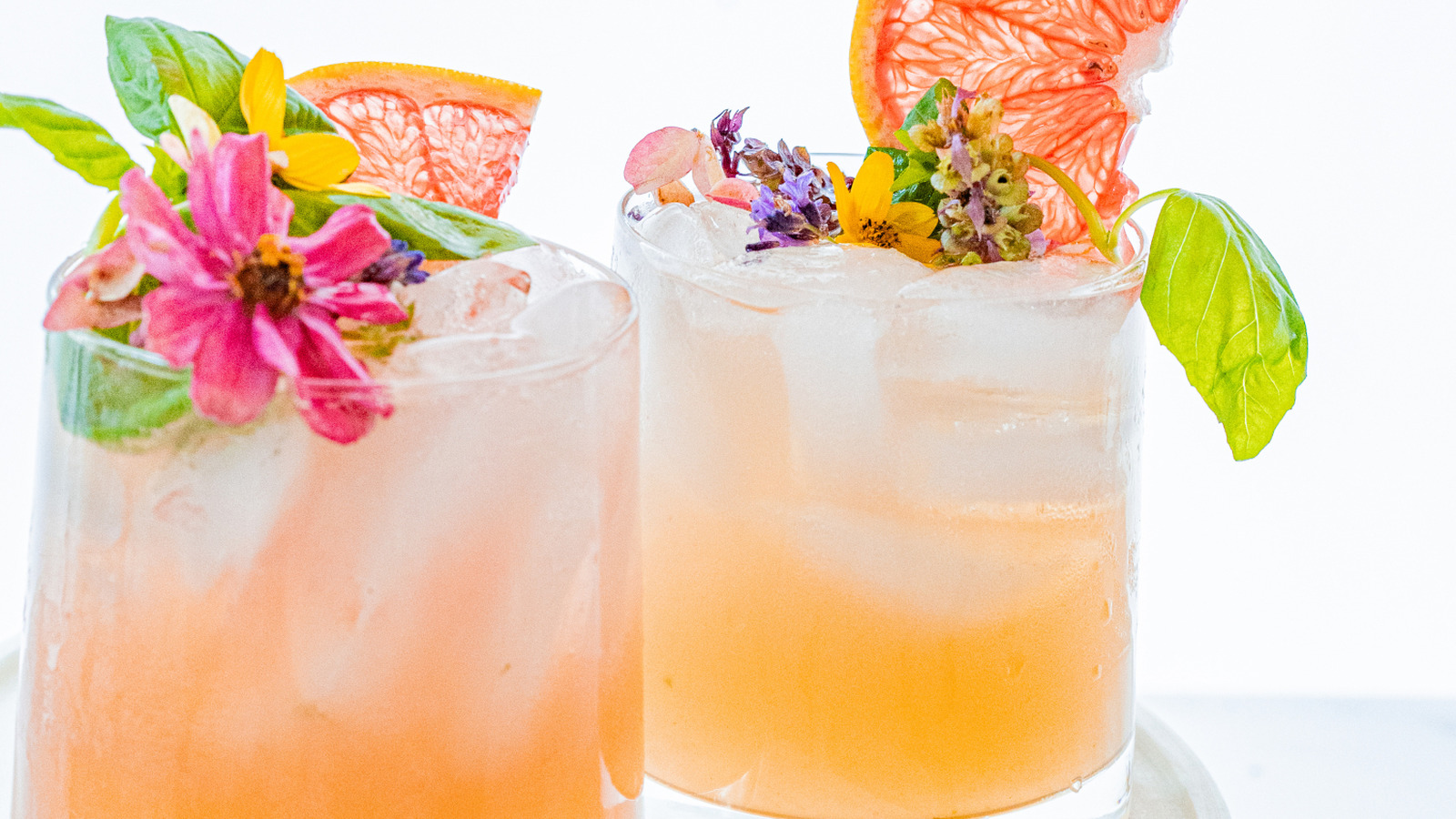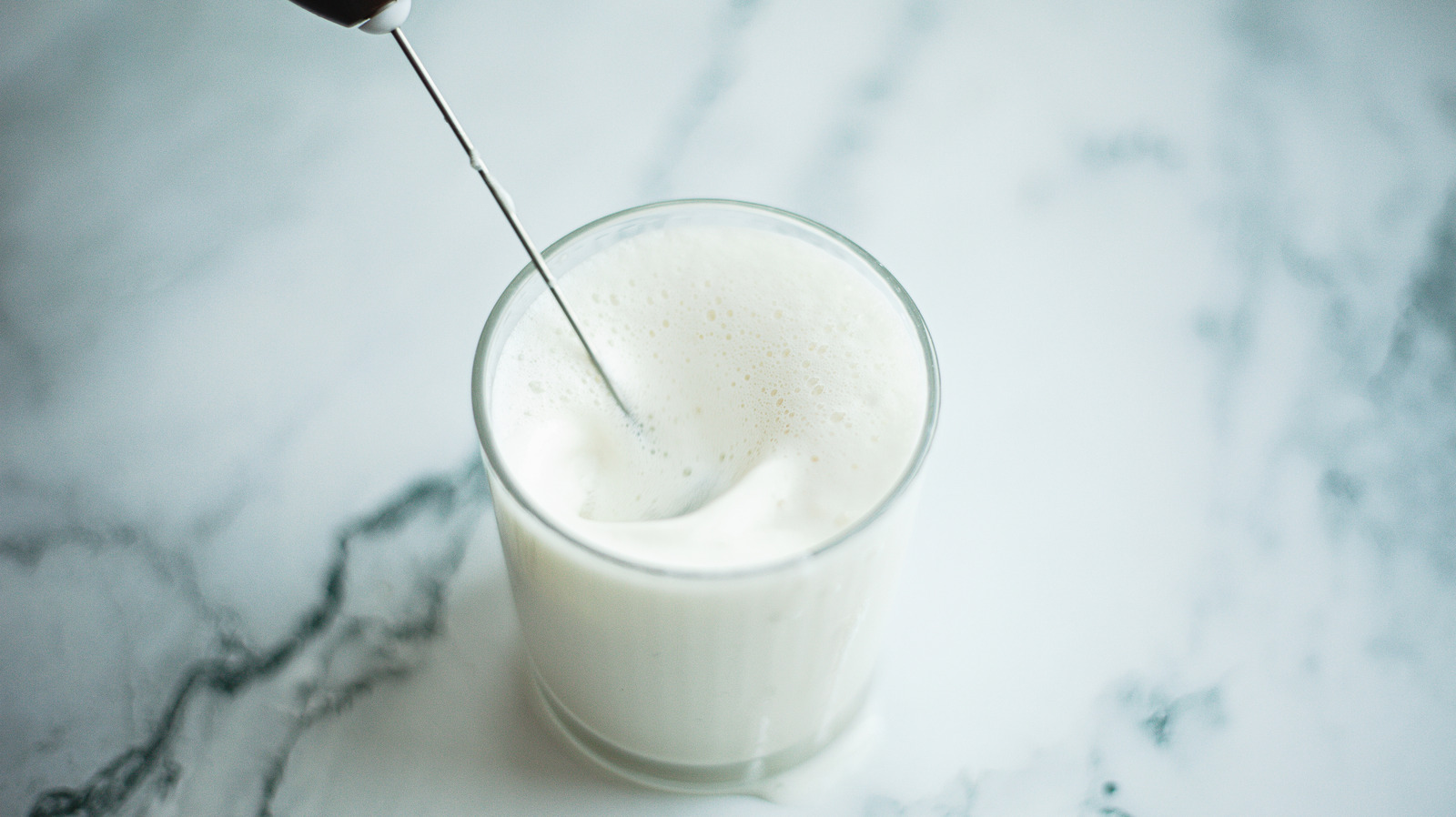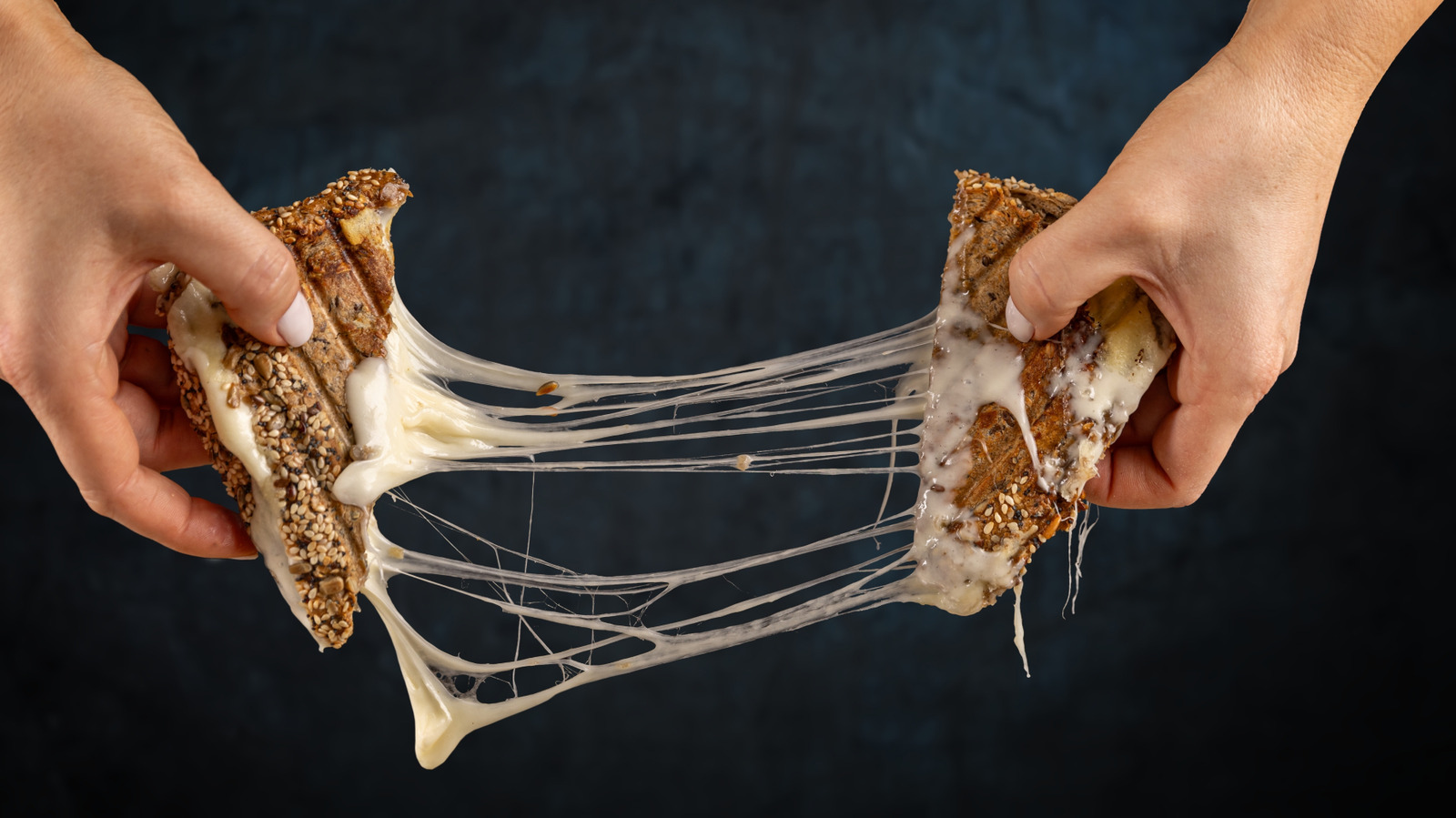Beans are kind of like the your best friend from high school — nearly forgotten but always ready to step back into the limelight and help out an old pal when needed. As gorgeously (and tantalizingly) demonstrated in Rancho Gordo’s new cookbook, “ The Bean Book: 100 Recipes for Cooking with All Kinds of Beans ” (Ten Speed, $35), beans are indeed a magical fruit, though not in the way you heard as a kid. Classified as both a vegetable and a plant-based protein in the USDA’s Dietary Guidelines for Americans, beans and other legumes can be the ingredient you build an entire vegetarian or veggie-forward meal around.
Or, they can help an economical cook stretch a dish twice as far with nutritious calories. A healthful and shelf-staple plant food — they last for years when dried — beans have been among a home cook’s most reliable pantry items for a very long time. (Common beans (Phaseolus vulgaris) are thought to have been grown in Mexico more than 7,000 years ago.
) That’s why, for some, they’re often something of an afterthought, especially if the only time you ate them as a kid was when your mom tossed kidney beans into a pot of beef chili or made baked beans (with brown sugar and bacon, please!) for a family cookout. Vegetarians have always appreciated their versatility and nutritional punch, and because they’re cheap, they also were quite popular during the Great Depression and World War II as C rations. Sales also peaked during the coronavirus pandemic, wh.











:upscale()/2024/12/23/986/n/1922441/ae269e286769e6f5b332b2.08351138_.jpg)







